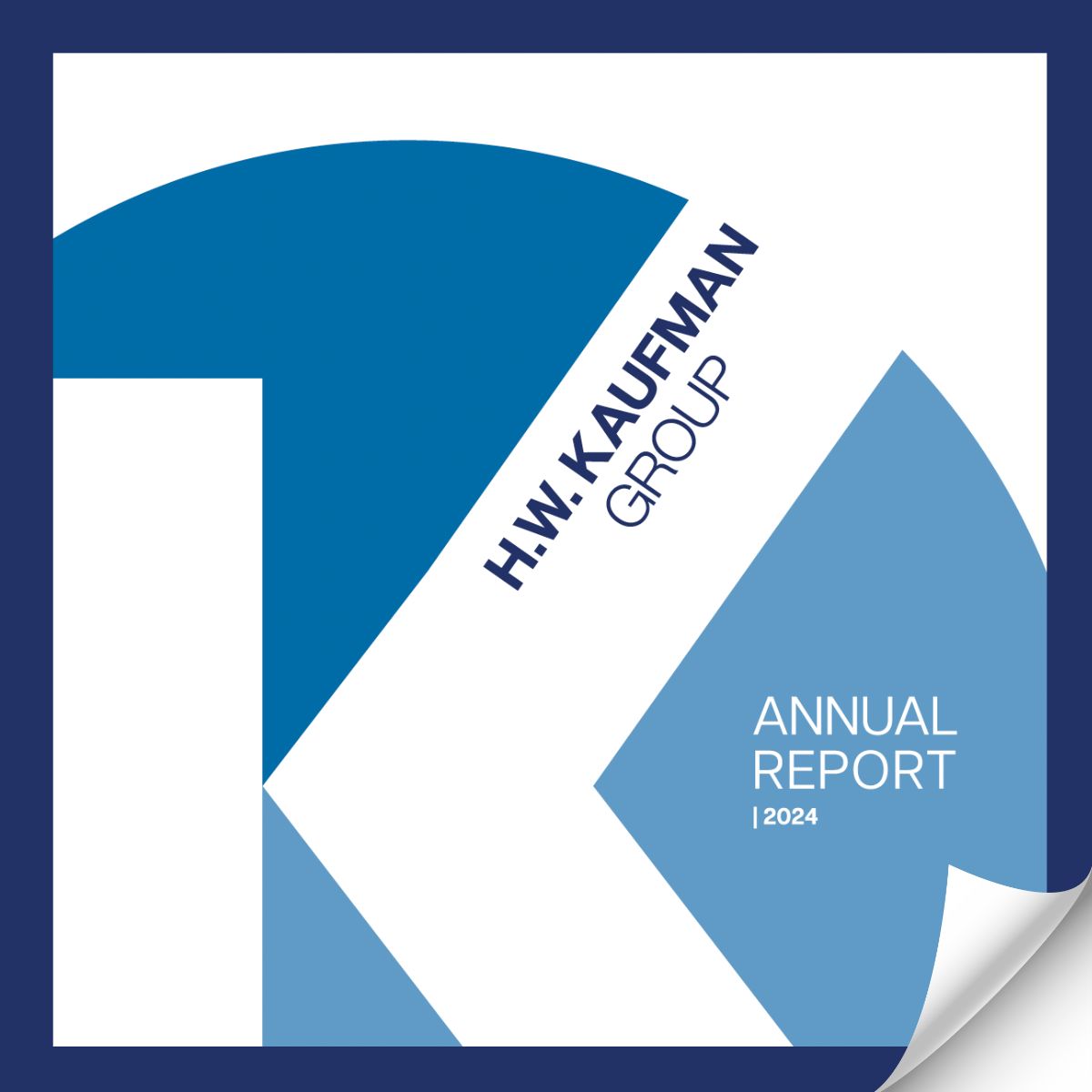The Transportation Insurance industry remains entrenched in a decade-long hard market in the commercial auto segment while carriers remain as diligent as ever in their risk selection procedures. The segment experienced $4 billion in losses in 2019, and while that expectation is that losses were lower in 2020 because of the pandemic, it hasn’t slowed the long-term trend.
Simultaneously, rates have continued to rise in 2021, however there appears to be some moderation in increase compared to prior years. While significant pressures on the market remain, there is hope that the availability of data about commercial vehicle accidents and other existing metrics will help more effectively manage risk, leading to industry stabilization in the future.
Border crossings and the pandemic have provided added challenges
The market is competitive with sufficient capacity in the U.S. and Canada for commercial trucks that do not cross the border. The story is different however for trucks that cross borders. A continual stream of large claims especially in the U.S. have caused several carriers, particularly some in Canada, to exit the market over the past couple of years. Underwriting is tight and select criteria is used by carriers for new clients.
While consumer transportation may have decreased with lockdowns and employees working from home, commercial vehicles were counted upon for important deliveries. The “toilet paper” wars, where certain products were in high demand and short supply for months at a time, increased the demand for final mile services, particularly to grocery stores.
Those final mile and short haul exposures offer different risks compared to long haul. It forced some operators to exit the business while making it hard to find drivers, especially as unemployment benefits increased. Amazon pop-up fleets became even more ubiquitous. Now in 2021, more four-wheelers are back on the road and there is hope that areas of the economy damaged by the pandemic will improve, but many other challenges remain.
Nuclear verdicts remain a threat
The continued growth in large claims against commercial transportation companies is what has driven out the highest percentage of insurance carriers who have left the business over the last decade. According to one study, the average nuclear verdict against a commercial transportation client rose from $2.3 million in 2010 to $22.3 million, a stunning 1,000 percent increase. It has caused both skyrocketing rate and renewal increases. Many clients that could find limits of up to $20 million just a few years ago are finding it difficult to get limits half that today.
There is little end in sight to the impact that nuclear verdicts will have. Tort reform is a potential solution, but changes are slow in coming. Some states such as Texas, Iowa and Florida have recently passed legislation attempting to limit the impact of nuclear verdicts for a variety of reasons, although some of the bills have a greater immediate impact on medical malpractice. The need for continued lobbying and communication with elected officials on the difficulties commercial truckers have in operating profitably in this environment remains critical.
There has also been a push to get the transportation industry to increase limits, but potential cost issues remain there as well. Until reform and legislation to limit these verdicts is in place, the average jury demand will likely continue to increase.
Driver shortage continues to plague the industry
Up to 70 percent of the freight in the U.S. is moved by tractor trailers, however the average age of a commercial truck driver is 55. The driver shortage is real and has worsened in spite of rising wages and hiring bonuses. The need to be on the road for days or weeks at a time and an increasing number of federal regulations from FMSCA for hours of service or drug and alcohol testing are making the profession less desirable for younger drivers.
The industry has made it known to Congress that the DRIVE-Safe Act is one way to help address this critical driver shortage. Currently, 49 states and Washington D.C. allow individuals under the age of 21 to obtain a commercial driver’s license and operate commercial vehicles in intrastate commerce. However, these same individuals are prohibited by federal law from driving a truck across state lines until they turn 21. The DRIVE-Safe Act would launch a two-step apprenticeship program to allow drivers to participate in interstate commerce, focusing on training and mentorship.
Data capture and analytics offer hope for risk measurement
There are more telematic features inside of a truck than ever, installed by OEMs or available as aftermarket add-ons. Onboard cameras, recorders, devices measuring speed and monitoring drivers are prevalent and increasingly are required by carriers for coverage. These technologies can capture data, allowing an underwriter to assess risk and support with research on claims. They also can help improve driver performance and safety.
Furthermore, carriers are working with external data aggregators to help build that risk portfolio. These aggregators also look at speed of a vehicle, age of the truck and the driver, geographic location of a drive, frequency of vehicle issues, other driver data and more. Carriers are adjusting to what is being deemed as acceptable and unacceptable risks, but the ongoing policy changes can be frustrating and difficult for clients to follow. The end goal is for companies to find ways to mitigate their risk in a way that helps them be more insurable.
Transparency and complete submissions provide significant value
Fully completing a submission is one way for clients and brokers to increase their chances of getting the transportation coverage they need. The professionals at Burns & Wilcox have the relationships in place to find the carrier that is the best fit for any situation, but full transparency is needed.
Transportation companies need to effectively manage their safety ratings with U.S. or Canadian agencies or states/provinces. A negative indicator throws significant doubt on the potential for affordable coverage. It is incumbent upon companies to paint a picture of having a high-quality, experienced group of drivers on their staff, with driver training and retention programs highlighted. Burns & Wilcox can help place risk in other markets where you may be operating given our nationwide reach in the U.S. and Canada. We also know where every carrier’s “sweet spots” are.
It is hard to know when the hard market will stabilize at a macro level. Nuclear verdicts and driver shortages remain significant challenges, but the increasing availability of technology can help provide a clearer picture of risk across the board. By having a team of clients, brokers, and Burns & Wilcox professionals working together, we can find solutions to your issues to help ensure the longevity of business assets.
Contributor(s): John McGlynn, Director, Transportation, Burns & Wilcox Canada; Gordon Kurtz, Underwriting Manager, Transportation, Burns & Wilcox; Gene’ Cain, Broker, Transportation, Burns & Wilcox Brokerage
This commentary is intended to provide a general overview of the issues contained herein and is not intended, nor should it be construed, to provide legal or regulatory advice or guidance. If you have questions or issues of a specific nature, you should consult with your own risk, legal, and compliance teams.




